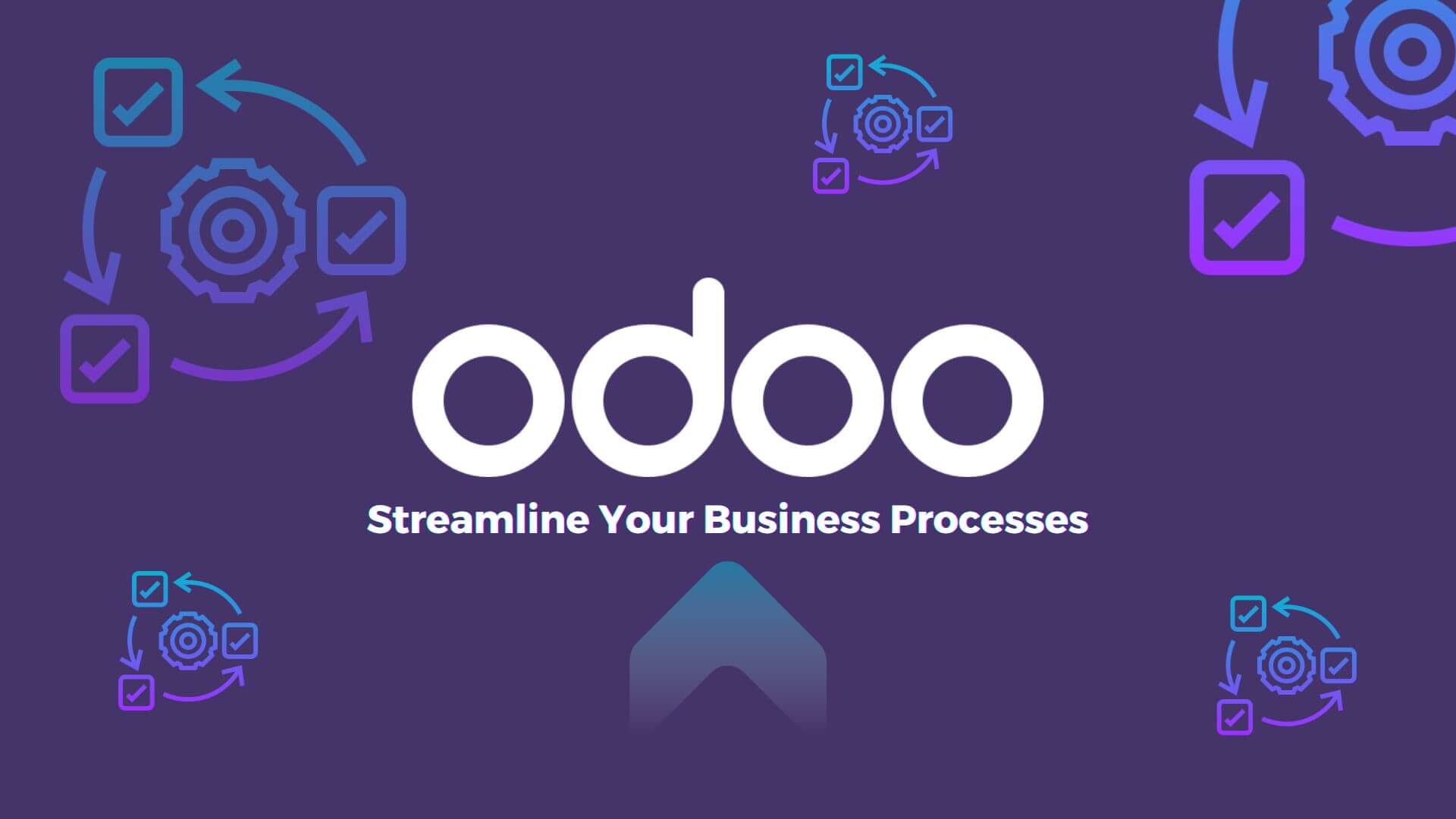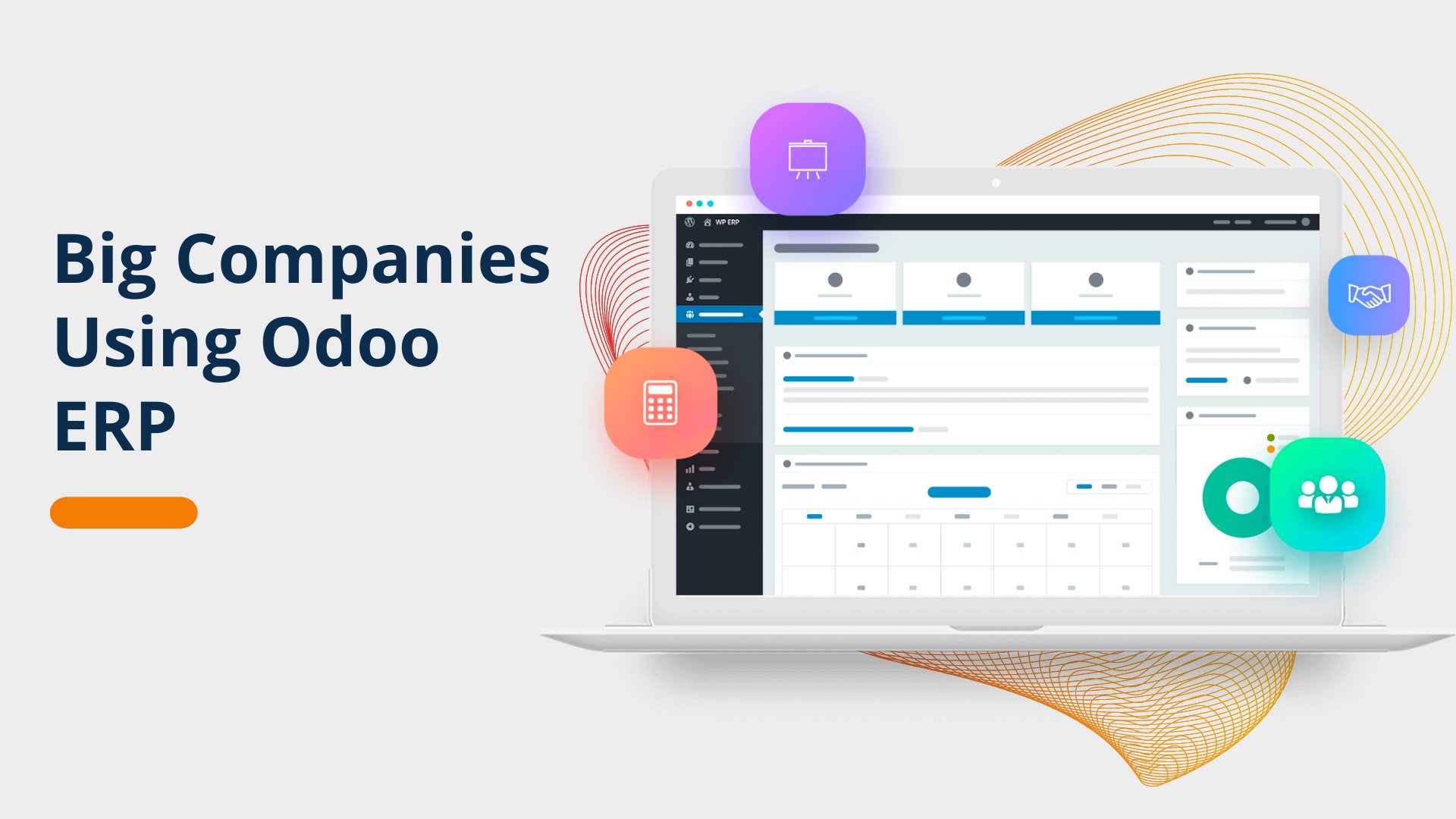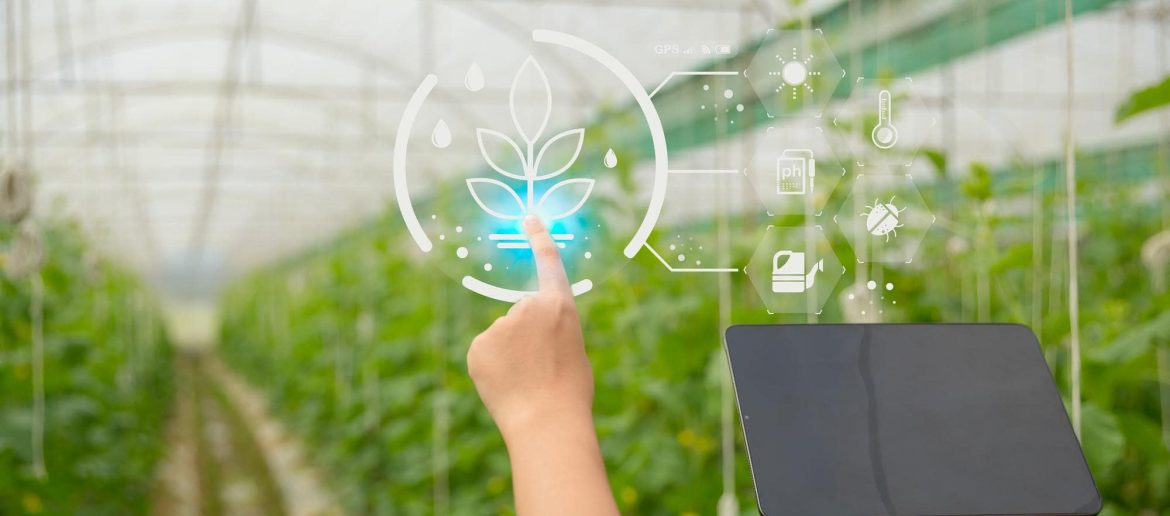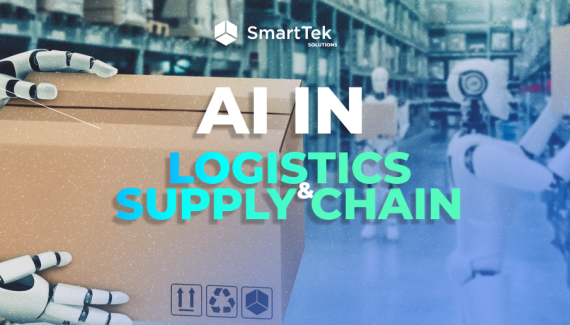Whether we like it or not, conventional farming is a look into the past. The usual traditional techniques that were used a few years ago are now considered outdated. They cannot resist the challenges of our age when the need for food is rapidly increasing. It is being replaced by IoT-based agriculture, which involves the usage of sensors, drones, automation, monitoring systems, and so on.
In 2021, the size of the global smart farming market was $14.65 billion. According to expert forecasts, this figure could rise to $66 billion by 2030, which means that the market is expected to grow at a CAGR of over 18% in the 2022-2030 period.
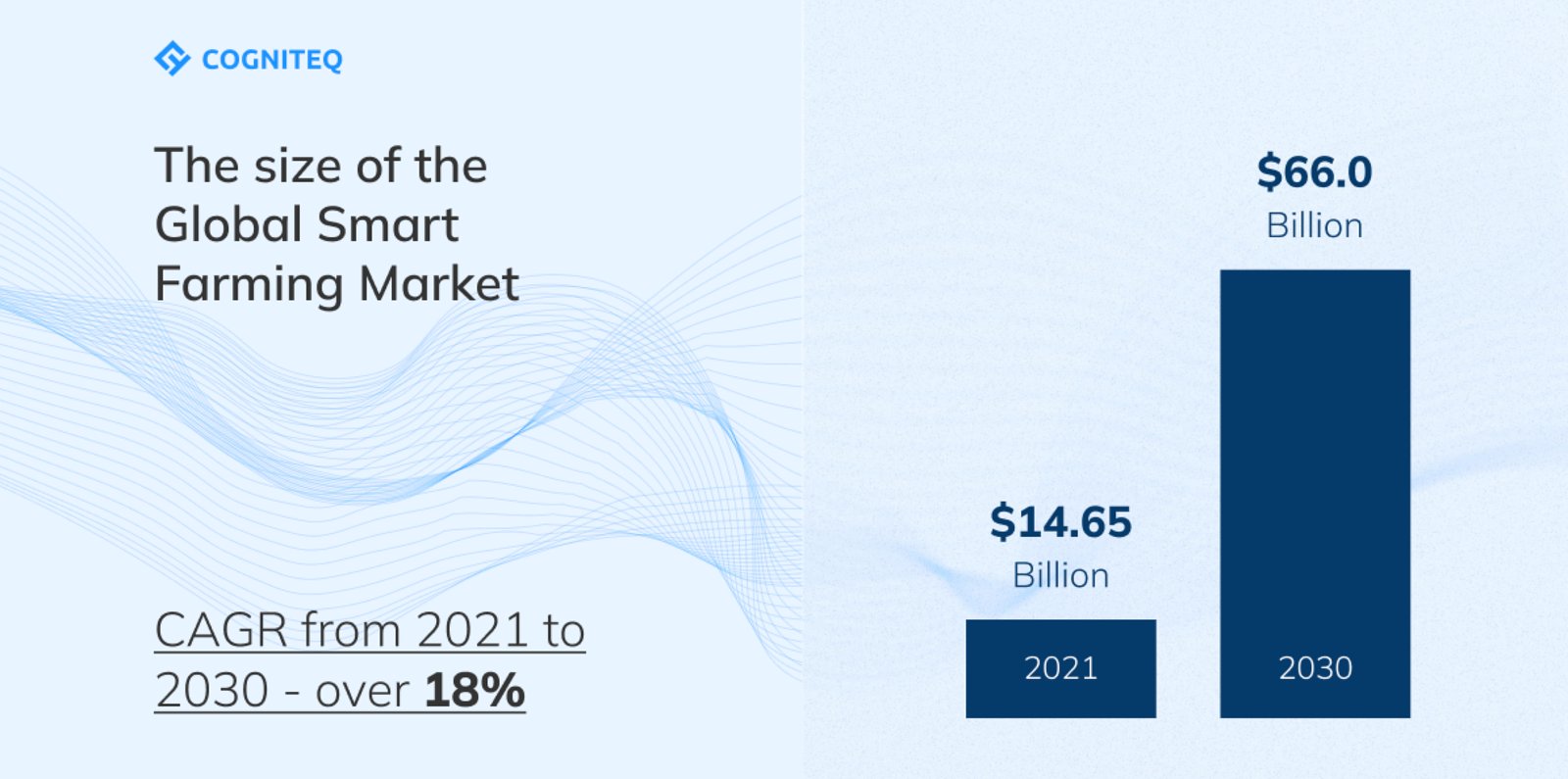
The modern approach to growing crops and raising livestock has many advantages. Farmers spend far less energy and time on those same processes while getting better results. In this article, we will reflect on the main benefits of IoT applications in agriculture. So, let’s dive into it.
Manual Process Automation
Farmers used to be as busy as bees. They had to control manually the processes of irrigation, fertilization, and spraying insecticides. The workers spent a lot of time inspecting the fields, monitoring the condition of the crops. IoT technologies have made this easy and more efficient for example, a modern irrigation system functions without your participation.
You can control its operation remotely from your computer or smartphone. The farmer kills two birds with one stone. He saves time and resources on manual work but achieves a higher crop quality.
Intelligent Data Collection
IoT has made it easier to collect and process data. You receive information from sensors installed in the fields or on the farm. The devices monitor climatic conditions, soil composition and quality, crop health, and so on.
Moreover, the data is stored and processed automatically. You have graphs, charts, and tables. Use this information to improve your farming development strategy.
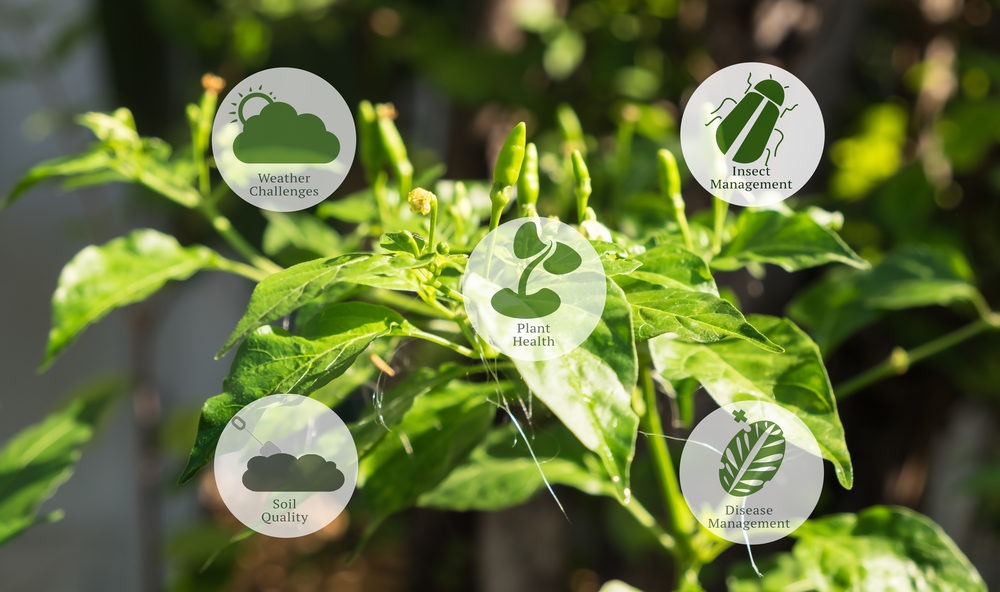
Want to build an agricultural IoT solution?
With rich expertise and solid skills in building IoT applications, we will be able to offer you the best solution tailored to your needs.
Contact usWaste reduction
IoT devices will help save crops. Farmers use sensors that can detect infections, infestations, or insect damage at an early stage. Consequently, they take timely measures to combat these and other anomalies, preventing spread.
In addition, some sensors collect a lot of information about the soil, based on which you can use fertilizer more efficiently and optimize the performance of your irrigation system.
Less Energy Consumption
Optimize the use of resources (water, energy, land area) using the Internet of Things. You will no longer waste water on irrigation when it is not necessary. Sensors will collect information for you in real-time. And you have to analyze the data and make the right decisions regarding the rational allocation of resources.
Remote Farm Monitoring
You don’t have to be in the field to see what’s happening with your crop. You can monitor the situation around the clock from anywhere in the world. Remote monitoring allows farmers to have the information at any time and make the right decisions immediately based on the collected data.
Improved Production Control
The IoT-enabled agriculture solutions will help you achieve your main goal. Your farm will function as right as rain thanks to the high quality of the products. Free yourself from unnecessary hassles, and use the full potential of the Internet of Things.
We’ll take a look at this with an example. Let’s say you grow wheat and face the problem that the grain is low in protein. What should you do? Use sensors to monitor soil composition and apply fertilizers that help increase protein concentrations in plants. As you can see, it’s not rocket science.
Lower Production Risk
IoT-enabled solutions allow the farmer to control the process of growing crops or raising livestock from the very beginning to the end. Here are just a few examples of what you might know from sensors.
- Infection of crops.
- Crop damage by insects.
- Nutrient deficiency in the soil.
- Lack of water.
- Poor animal health.
Can you imagine some sensors that can notify the moment when the waters break in females? It is amazing. With IoT, your farming is under your control. It’s so easy to farm when you have the latest technology at your disposal.
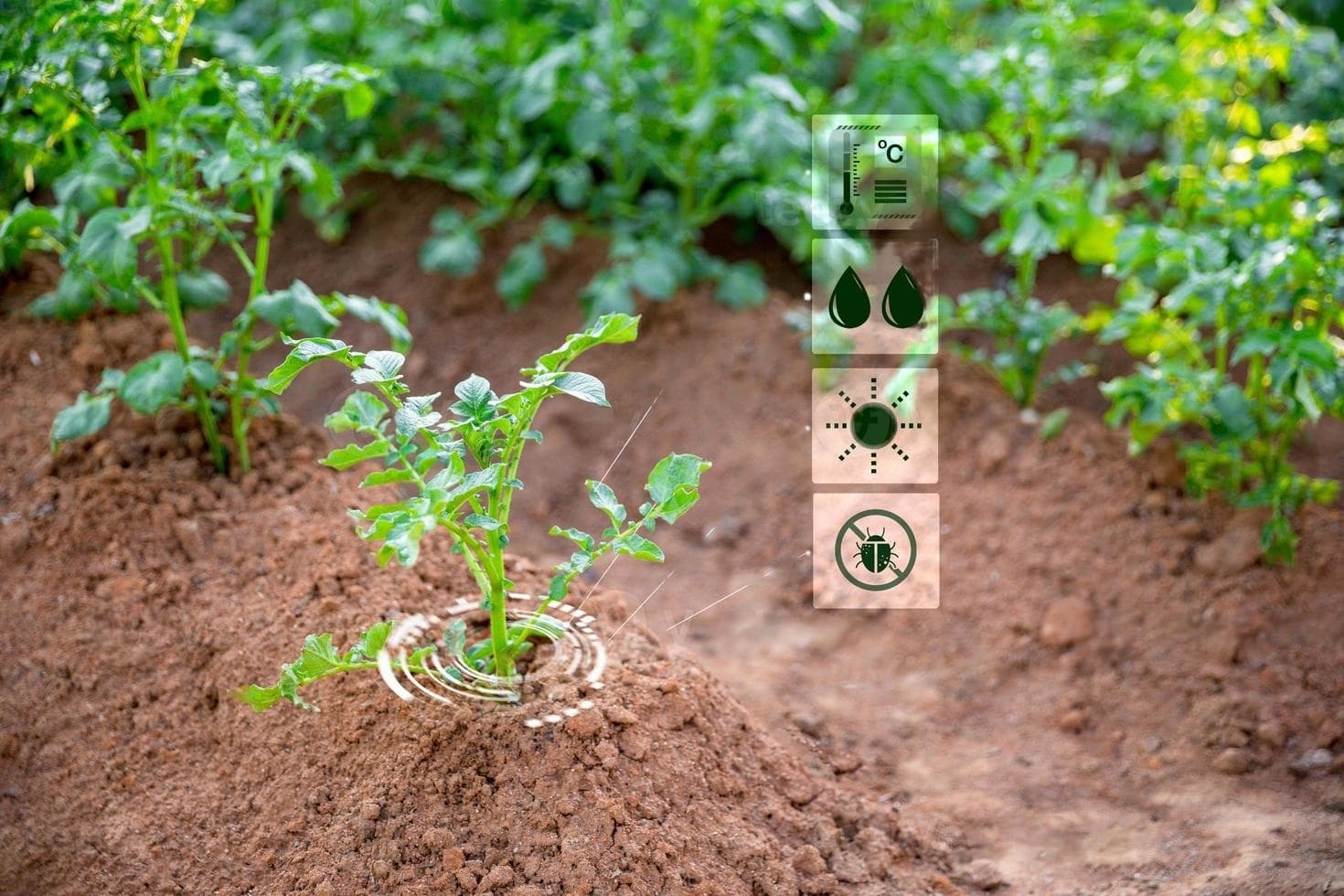
Reduction in Operation Costs
The IoT-enabled monitoring system can determine the concentration of fungicides in the soil. Why is this important to you? You will be able to avoid the irrational use of expensive preparations by introducing only the right amount into the soil. Optimize your fertilizer and crop protection costs.
Connect with our experts
Ready to start your Digital Transformation journey? Drop us a line about your project, and we will contact you soon.
Get in touchImpacts on the Environment
It matters what kind of ecological footprint your activity leaves. In the last few years, the problem of ecology has become particularly relevant. It has been proven that agricultural activities have an impact on climate change processes.
What can you improve with the Internet of Things? Use land more rationally, refusing to cut down forests to expand plantations. Improve the quality of the soil, and, accordingly, increase the volume of the crop. Save water by using only the amount you need with smart irrigation systems.
Competitive Advantage
Stay one step ahead with IoT technologies. Your crop will have a higher quality. You will be able to grow and harvest more products. It is advantageous to everyone except your rivals, of course.
The end user receives a good product in sufficient quantity. The farmer gets more profit and new opportunities for developing his business.
Final Thoughts
Pay your cards right, and start upgrading your farm today. We agree that this seems complicated and expensive. But in the long run, you will get many benefits.
Smart IoT-based system consists of the following components:
- hardware for gathering information;
- software for receiving and analyzing data.
IoT-based solutions are suitable for any farming, regardless of the area of plantations, the characteristics of the crops grown, and other factors. Today you can request the development of secure, mobile, functional systems that can:
- automate various processes, like feed management to grow milk yields and reduce waste;
- reduce management costs;
- achieve higher yields;
- improve product quality, and so on.
Using IoT will help make your farming as profitable, efficient, and sustainable as possible. Cast aside doubts, start today to be one step ahead of your competitors tomorrow.
Let’s drive innovation to grow your farming business! Share your business needs and we will help you develop the perfect software solution for your company.
